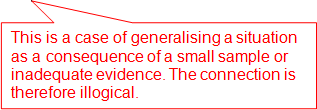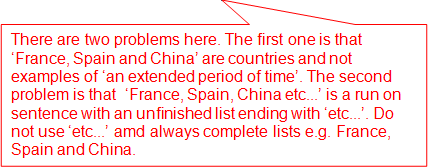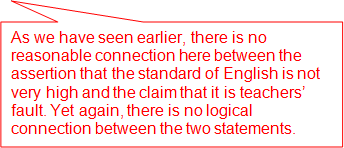Start young
Age is the most important factor
in language acquisition, says Mila Vulchanova, professor
of linguistics at the Norwegian University of Science and Technology.
"There is a sensitive period
in language learning, which is biologically determined, with an onset at birth and a decline
around puberty so the younger
the immigrant the better. Since
this decline is only gradual, teenagers are at an advantage over adults.”
"
The ability to learn a language is believed to be determined
by a competence called 'language aptitude' but its underlying mechanisms are hotly debated.
In a recent experimental series where we tested 100 Norwegian children aged 10,
we found very high correlations between their
short-term working memory, their
native language scores, and their scores
in English as a second language.
"Quite often a non-native speaker can be revealed by errors
in pronunciation.
This is due to the fact that the sensitive period for speech perception is very short
; it ends when we are only eight or nine months old
although bilinguals retain this for longer."
























